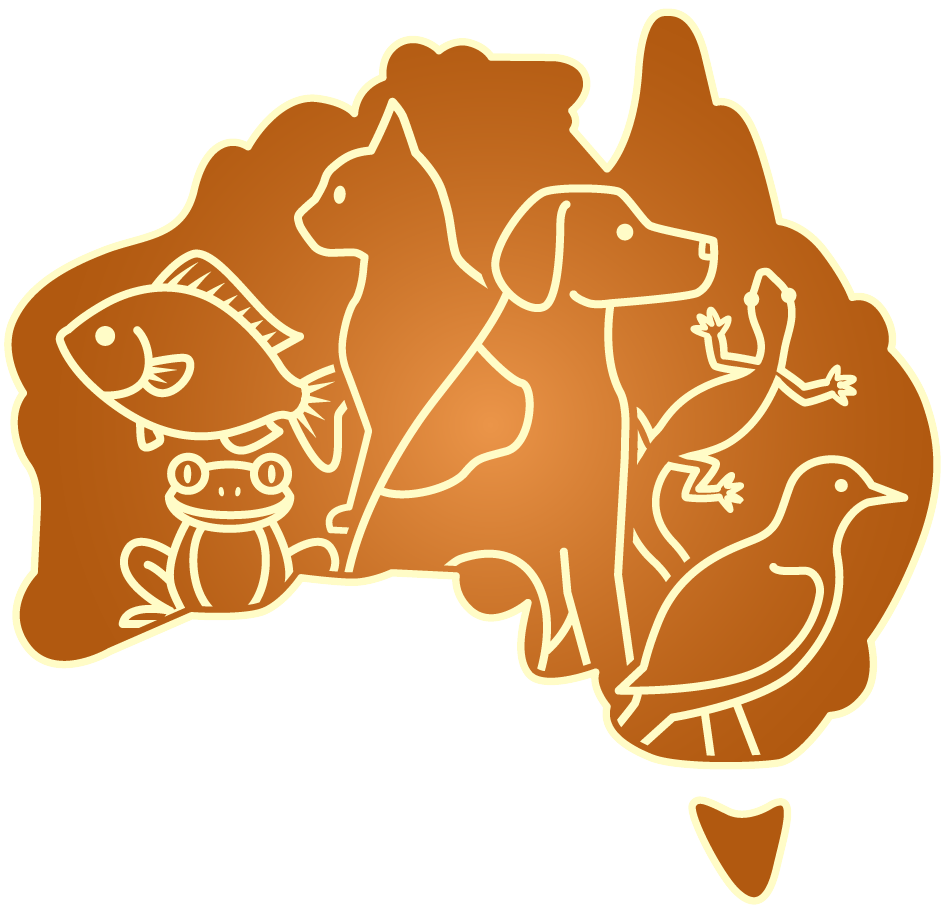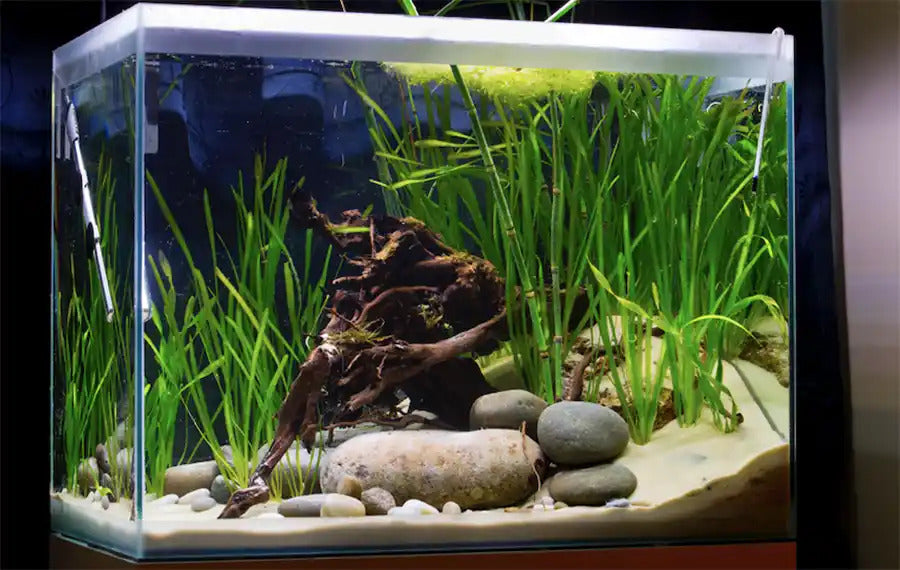Australia's climate varies, but one constant is the enthusiasm many Aussies have for keeping freshwater aquariums. Whether you're in the bustling streets of Sydney or the serene outskirts of Tasmania, having an aquarium can be a rewarding and therapeutic hobby. If you're looking to immerse yourself in the world of fishkeeping, this step-by-step guide will ensure you have a thriving freshwater aquarium in no time.
1. Plan Ahead:
Before you make any purchase, decide on the size of the aquarium you want. Consider the space in your home and the type of fish you'd like to keep. Each fish species has specific needs, so research is essential. Ensure your chosen spot is away from direct sunlight, as this can cause temperature fluctuations and promote unwanted algae growth.
2. Choose a Suitable Aquarium:
In Australia, many local pet or aquarium stores offer a variety of tanks. Beginners might start with a 20 to 40-litre tank, which is manageable and provides enough space for a few fish. Remember, larger tanks require more maintenance but are often more stable in terms of water parameters.
3. Invest in Essential Equipment:
Your aquarium will need some essential equipment:
- Filter: Essential for removing waste and keeping the water clear. There are various types: internal, external, and sponge filters.
- Heater: Especially vital during cooler months. A thermostat heater will maintain a consistent temperature.
- Light: If you're adding live plants, they'll need light to thrive. Even if you're not, lighting can enhance the beauty of your aquarium.
- Thermometer: To regularly check water temperature.
-
Water Conditioner: Tap water contains chlorine harmful to fish. A water conditioner neutralises it, making the water safe for your aquatic pets.
4. Substrate and Decorations:
Now for the fun part! Choose a substrate (gravel, sand, or soil) depending on your fish and plant preferences. Many Australian fish enthusiasts also add decorations like driftwood, rocks, and caves. Ensure they are aquarium-safe and provide hiding spots for fish.
5. Adding Plants:
Live plants not only add aesthetic appeal but also help maintain water quality by absorbing nitrates. Popular choices include Java Fern, Anubias, and Valisneria. If you're buying from a store, ensure the plants are free from pests.
6. Cycling the Aquarium:
Before introducing any fish, you must cycle the tank to establish beneficial bacteria. This process can take 4-6 weeks. It involves setting up the aquarium, running the filter, and regularly testing the water until there's a safe level of ammonia, nitrites, and nitrates. Patience is crucial here; introducing fish too early can be fatal for them.
7. Choosing Your Fish:
While the choices are plenty, some beginner-friendly fish for Australians include Guppies, Platies, and Neon Tetras. Always inquire about their care needs and compatibility with other fish.
8. Acclimatizing and Introducing Fish:
Once you've bought your fish, float the bag in the aquarium for about 20 minutes to equalise temperatures. Then, gradually introduce some aquarium water into the bag for another 20 minutes. Finally, use a net to transfer the fish into the tank. Avoid adding bag water as it might contain contaminants.
9. Ongoing Maintenance:
Set a routine to feed your fish, check equipment, and test water parameters. Regular water changes (25-30% every week) are essential to remove waste products.
10. Seek Local Advice:
Australia has a thriving community of aquarists. Joining a local club or forum can offer a wealth of knowledge, especially when it comes to dealing with specific challenges related to the Australian climate or water quality.
Starting a freshwater aquarium in Australia is an exciting journey of discovery. While it requires patience, the reward of a thriving aquatic ecosystem is well worth the effort. And as you progress, remember to frequently browse [Your Store Name] for the latest tools, accessories, and fish species to enhance your aquarium experience. Happy fishkeeping!

